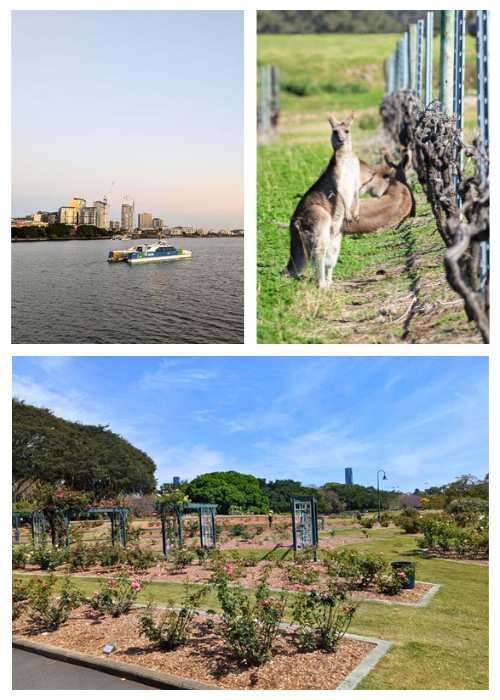Light Exposure: The Silent Deteriorator
Light, particularly sunlight, can be harmful to wine, causing it to age prematurely and lose its intended character. This issue, known as "light strike," can lead to unpleasant changes in taste and aroma. Wine bottles are often made from dark glass to help shield the contents from light, but this protection is not foolproof.
It's best to store your wine in a dark place away from windows and direct sunlight to protect it. Even artificial light can pose some risks; while standard household bulbs are generally safe, they can fade labels over time. It's also advisable to avoid fluorescent lighting, as it emits small amounts of ultraviolet light that can be detrimental to wine.
Humidity Levels: Finding the Sweet Spot
While humidity might not be the first thing that comes to mind when storing wine, it plays a vital role in maintaining the cork's integrity. Ideally, humidity levels should be between 50% and 80%. If the air is too dry, corks can shrink, allowing air to enter the bottle and spoil the wine. Conversely, too much humidity can lead to mould growth on the labels, which, while not harmful to the wine, can affect the bottle's appearance.
Most homes naturally fall within the ideal humidity range, but if you live in an exceptionally dry environment, placing a bowl of water near your wine storage can help maintain adequate moisture levels. If your storage area is too humid, a dehumidifier can help protect your labels from damage.
Storing Bottles: Horizontal or Vertical?
Traditionally, wine bottles are stored on their sides to keep the cork moist and prevent it from drying out. This method is particularly important for wines sealed with natural corks and intended for long-term ageing. However, if you plan to drink the wine within a few years or if the bottle has a screw cap or synthetic cork, the position of the bottle is less critical.
Storing bottles horizontally is often the most space-efficient method, especially as your collection grows. Wine racks are designed with this storage orientation in mind and can be a practical addition to your home wine storage setup.
Investing in a Wine Fridge: When to Upgrade
If your home lacks a suitable place for wine storage or your collection is growing and requires more specialised care, it might be time to invest in a wine fridge or a standalone wine cooler. These appliances are designed to maintain the ideal temperature and humidity for wine storage, providing a stable environment similar to a traditional wine cellar.
Various options are available, from compact units that hold a small number of bottles to larger, more advanced systems that can accommodate a more extensive collection. As a general guideline, if the cost of a wine fridge represents less than 25% of your annual wine budget, it's a wise investment. Choosing a unit with a capacity greater than your current needs is also advisable, as wine collections often grow faster than anticipated.
Extra Considerations for Wine Collectors
For those deeply invested in wine collecting, additional measures can help protect your collection. Keeping an organised inventory of your wines, including their optimal drinking windows, will help you manage your collection and ensure that bottles are enjoyed at their peak. This can also prevent you from accidentally forgetting about bottles that may be reaching the end of their ideal ageing period.
Finally, remember that wine is a living, evolving product. Even with the best storage practices, your wine will continue to change over time. Regularly tasting your wines is one of the most rewarding aspects of collecting, allowing you to appreciate the development of each bottle and make informed decisions about when to enjoy them.
By following these guidelines, you can effectively store your wine at home without the need for a cellar, ensuring that your collection remains in optimal condition for future enjoyment. Whether you’re a seasoned collector or a casual enthusiast, proper storage is key to preserving the quality of your wines.





